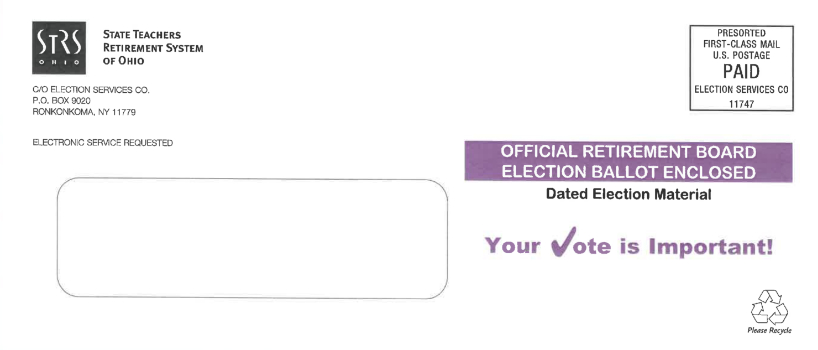By Marty Schladen
The Ohio State Teachers Retirement System still hasn’t said exactly how much of its members’ money it lost when Silicon Valley Bank failed last weekend.
The system is already under fire for big salaries and for paying $10 million in bonuses last August — two months before actual losses of $5.3 billion came in for the prior year. That was 77% higher than some of the employees receiving bonuses estimated. And many of those paying into the system are rankled because the big money is going out to system employees while retirees have gotten only one, 3% cost-of-living increase since 2017.
The federal government and banks around the world have been scrambling to maintain investor confidence since last week, when Silicon Valley Bank made a series of desperate moves to shore up its balance sheet. That prompted a run on its deposits and ultimately its failure.
The bank’s leaders pushed for deregulation, which the Trump administration granted in 2018. Then it made a number of risky investments that allowed it to grow rapidly — and then to implode.
The Ohio State Teachers Retirement System, or STRS, manages much of the $90 billion it controls in-house instead of farming it out to big firms. The system has already lost big on other investments that on the surface looked risky.
When news of the Silicon Valley Bank, or SVB, failure broke, the teachers retirement system put out a statement that might have sought to minimize its loss.
“As of last Wednesday, STRS Ohio held shares of Silicon Valley Bank (SVB) worth $27.2 million or 0.03% of STRS Ohio’s total fund,” the statement, issued on Tuesday, said. “Many other public pension funds held shares of SVB, the nation’s 16th largest bank and a component of both the S&P 500 and Russell 3000 indices.”
It also noted investments the system didn’t make.
“STRS Ohio did not own shares of Signature or Silvergate — two other financial institutions involved in the current crisis,” the statement said.
The figure reported by STRS might be far less than its actual losses. Wednesday of last week was when SVB went into free fall, meaning that the value of its stock was likely much lower than when STRS bought it.
In a tweet on Monday, the executive director of a public pension watchdog said STRS owned 171,000 shares worth almost $40 million, which would have made it the largest such loss by a public pension system in the United States.
In an article published on Wednesday, the watchdog, Anthony Randazzo, updated his list using the $27.2 figure stated by STRS as the value of the stock in SVB as of last Wednesday. That put it at No. 2 on the list and far behind the California Public Employees Retirement Fund, which reported an updated number of $67 million.
Also on the list were the Ohio Public Employees Retirement System, with a $7 million investment in SVB, and the Ohio School Employees Retirement System, with an updated amount of $421,000.
But it’s still not publicly known how much STRS actually lost in the fiasco. In other words, what were the shares worth when the system bought them?
STRS spokesman Dan Minnich was asked on Wednesday morning and again on Thursday morning for that figure.
“As with your previous questions, I will forward these to the appropriate persons,” he replied on Thursday. “When I receive information back, I will provide it to you.”
STRS also didn’t answer questions about $10 million it lost last year when the cryptocurrency platform FDX imploded. Crypto investments are uninsured and largely unregulated, so it’s perhaps unsurprising that at least one company involved with it failed. On Thursday, there were reports that the company’s founder plundered the company of more than $2 billion in investors’ money.
In 2021, the Dayton Daily News reported on another STRS investment that lost far more teacher money than the SVB and FTX investments combined. It lost $525 million on Panda Power Investments, a private equity firm.
It was one of the system’s high-fee “alternative” investments that are riskier than its traditional investments. In addition, they have performed almost three percentage points worse over the previous decade, spokesman Nick Treneff said last summer.
Asked in 2021 by the Daily News about STRS’s giant loss in Panda, Treneff responded by pointing out that 85% of the system’s alternative investments make money.


